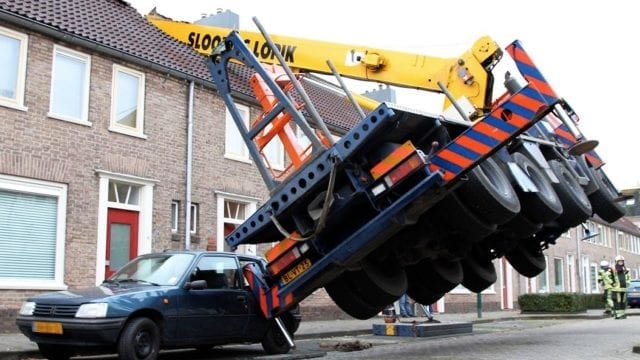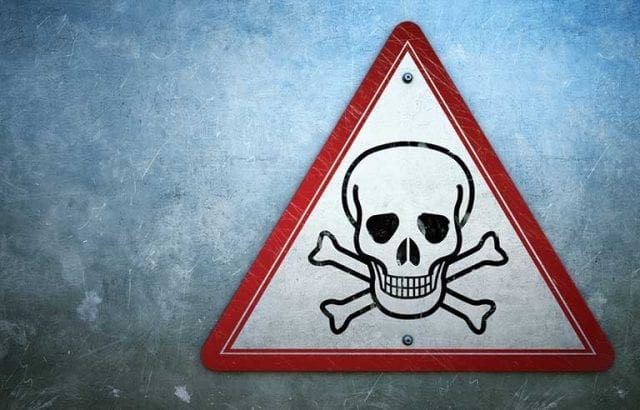
An occupational injury is a personal injury that is associated with the performance of work or work tasks. In this sense, under medical law and labor law, trauma at work can only be considered to be one caused by the performance of a job, provided that there is a temporal and spatial connection between the occurrence and the performance of a particular job.
They are not specific to a particular profession, but their frequency in certain professions can be much higher, so it is considered that occupational harms and working conditions can be important factors in their emergence, complications, and outcome.
Eligibility criteria

In order to be considered a work-related injury, one of the following criteria, which is stated in the legislation of most countries in the world, must be met:
– That the insured worker suffered on a regular commute from the place of residence to the place of work and vice versa, on the path taken to perform tasks and on the path taken to take up work.
– That the trauma of the insured worker occurred as the sole consequence of an accident or force majeure, during or in connection with the performance of work tasks.
– That the insured worker sustained the injury while performing tasks related to rescue or defense operations against natural disasters or accidents, when performing public and other social functions or civic duties at the invitation of state and other authorized institutions, in the performance of compulsory military service and in performing other jobs and tasks that are determined by law to be of general public interest.
– The worker has complied with all statutory safety measures.
There is also a difference between an occupational injury and a one-time illness as opposed to an occupational disease that results from the permanent negative impact of a particular job on a person.
The most vulnerable workers are those who are not qualified for work, do not have safety helmets and equipment, and accidents occur most often in construction, transport, industry and agriculture. Now let’s introduce you to some of the most common ones.
Falls and breaks

Regardless of the profession, these are the most common. It can happen in the office and in the factory, police officers, firefighters, etc. About 10% of all injuries at work in the most developed countries of the world like the USA, Australia, and Canada are fractures. Often a wrist, whose fracture is called loco typico, suffers because it is a natural reaction of the person to set his hand so as to mitigate the fall. Over 15% of all fractures are those.
Leg fractures occur regularly, usually the lower legs. This kind of often leads to knee damage. In such cases, the assistance of a professional law firm such as Foyle Legal is recommended, as one must specialize in medical matters if you want insurance to cover all expenses.
Hit by objects
Very often both due to negligence and deconcentration of workers and poor safety at work. It can be very serious if it is a heavy object. It is necessary to be careful both for yourself and for your colleagues, because if you did not put it on the shelf properly, someone may get hurt after you.
Particularly susceptible are warehouse workers. Also, trainers in the gym if the weight is not returned or in the event of a breakdown on the machines.
Crashes

A lot of labor is about driving, whether it’s a truck or a car or a forklift, it doesn’t matter. Collisions are frequent and can even be fatal. For this reason, it is important to never drive under the influence of any substance, follow the regulations on the road and fasten your seat belt.
Bus drivers must pay particular attention as they have a responsibility to many people. It is also necessary to have regular medical check-ups in order to identify problems with vision, high blood pressure, etc. on time.
Wounds and cuts
Whoever works with sharp objects and machines is at risk of this type of injury. Even office supplies can be dangerous.
If you labor in the industry, always wear protective clothing, especially on exposed parts of the body. Special glasses are also a liability, eye injuries are frequent and very dangerous. They can cause permanent disability.
Exposure to toxic substances

Characteristic of working in the chemical and pharmaceutical industries. It can cause injury in several ways. If it comes into contact with skin and mucous membranes or if it is inhaled. The employer must provide special equipment to people working in such workplaces.
Damage to the ear
At the beginning of the 20th century, with the increasing development of industry and without knowledge of occupational safety, deafness was a common occurrence. People were exposed to the constantly loud sound for hours, damaging their hearing in the long run.
Although things have changed since then, many people in their work are exposed to the same thing. Not only are employees in the industry in potential danger, but also the police and the military because of the shooting. Ear protection is very effective and should be used regularly.
Hernia
Hernia is an injury that occurs when internal organs break through tissue, such as the abdominal wall, that holds them. It can be a genetic problem, but lifting anything heavy can lead to it.
Make sure you rest regularly and that your posture is correct when lifting. It would also be good to strengthen the core muscles, this significantly reduces the risk.
Physical conflict with colleagues

While you probably think this is very rare, you are wrong. Conflict with colleagues is very common, even natural, but if intolerance builds up over the years, it can lead to fights. As many as 1% of injuries at work are caused by this reason.
It is up to the employer to take care of the atmosphere in the collective and to resolve bad human relations in a timely manner, and the employee should maintain composure and not engage in conflicts.
Conclusion
World Day for Safety and Health at Work, April 28, is celebrated with the aim of highlighting the importance of implementing safety measures in working places, especially where there is a high risk of sustaining trauma. So you better take care of yourself and your employees because an ounce of prevention is worth a pound of cure.






